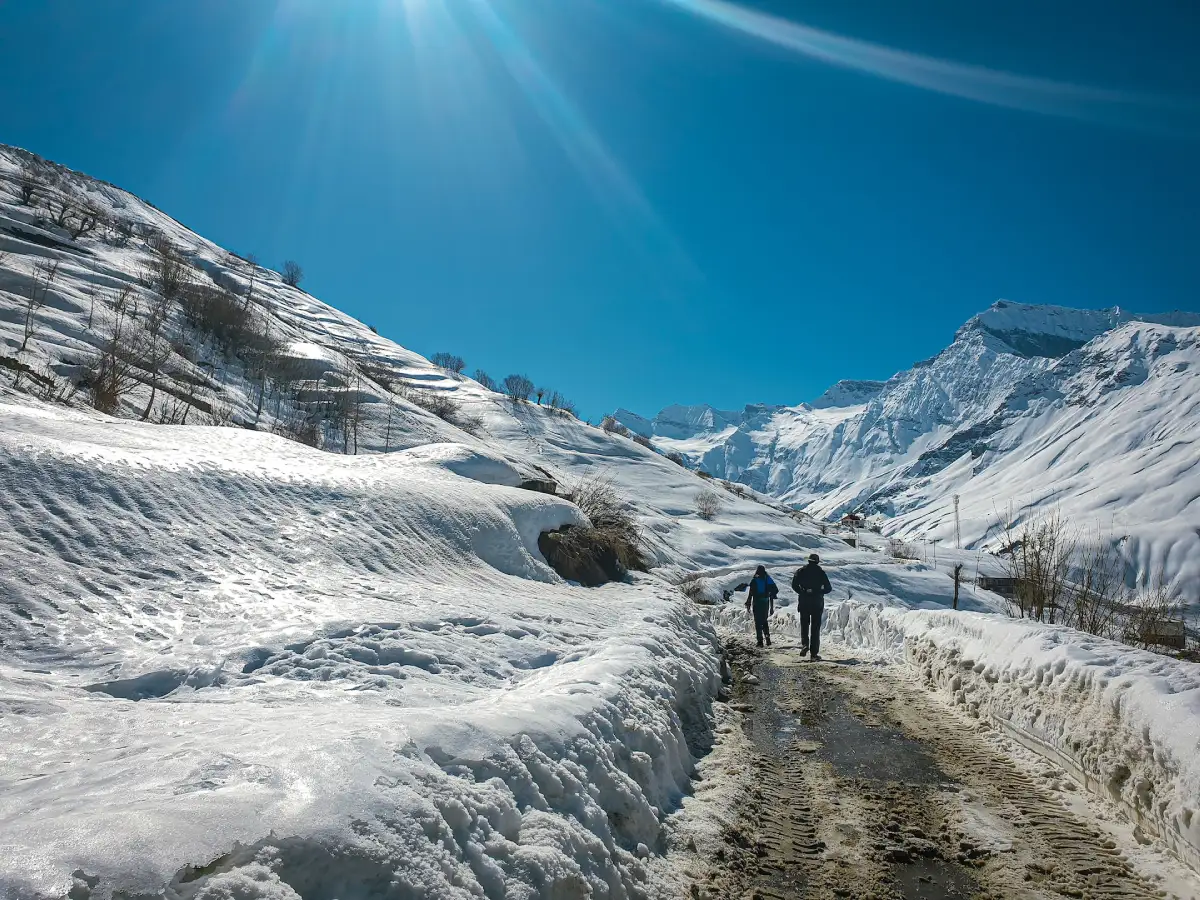
Hiking, regardless of how remote the trail is, always involves a certain amount of risk and thus requires a certain degree of knowledge, preparation, and precaution. After all, hiking is an immersive experience in the natural world, usually without easy access to things like roads, facilities, and sometimes even cellular service.
But remote trekking, however beautiful and rewarding for its seclusion, can be all the more precarious and therefore necessitates an even greater degree of preparation and knowledgeability of basic hiking safety protocol.
In this article, we will cover not only the essentials of planning and preparing for an off-the-grid hike, but also go over important safety procedures to follow during the hike itself. All of these practices should be adopted regardless of the type of hike in question, but they are of even greater importance when it comes to remote hiking.
Research Your Trail
Before embarking on any hike, you need to gather information about the specific hike you are planning to do. Important things to note about your hike are:
Pack Wisely
Based on your research findings to the above questions, make sure you pack wisely. Here is a general packing list of essentials, as well as a list of potential specialty items that may be needed for certain types of hikes
Essentials
- Navigation tools, such as a map, compass, and altimeter. You may also consider investing in an electronic GPS device or personal locator beacon
- Headlamp or flashlight (with new batteries), even if you don’t plan on being on the trail after sunset. You never know!
- Pocket knife or multi-tool
- Fire-starting gear such as matches or a lighter
- A well-stocked first-aid kit
- Sunscreen and other sun protection such as sunglasses, a hat, and sun-protective clothing
- Extra food
- Lots and lots of water– at least one liter of water for every 2 hours of hiking, plus extra water in the case of an emergency
- A form of personal identification
- A fully-charged cell phone (conserve your battery as much as you can)
Specialty Items
- Water-resistant gear, including clothes and dry bags
- A change of clothing
- Water shoes
- Shelter, such as a lightweight, weather-resistant bivy or tent
- Bug repellant
- Sting and bite kit (in addition to antihistamines and cortisone cream in your first aid kit)
- Bear repellent (if bears are in the area)
- Trekking poles, for uneven terrain
- Electrolyte tablets to add to water
- Other items, depending on the hike you have planned. For more specific tips, contact professional wilderness guides or park rangers in the area.
Dress Appropriately
Dressing for the right conditions will obviously depend on the specific hike you have planned, based largely on the weather and other environmental factors of the hike.
Some general tips to follow include dressing in layers, wearing hiking shoes (rather than regular sneakers), and wearing moisture wicking or moisture resistant clothing.
If you are hiking in cold weather conditions, make sure you are dressed head-to-toe in heat insulating clothing. Alternatively, wear something lightweight if you are facing warm weather conditions.
Additional Safety Tips and Procedures
1. Avoid hiking alone
Hiking alone is not uncommon, but if you can avoid being alone on your hike, you should. This is especially true for remote, back-country hiking, which tend to be less frequently hiked.
So there is a greater chance that in addition to hiking alone, you probably won’t encounter many other hikers on the trail.
If you yourself are not an experienced hiker, or if you don’t know the basics of wilderness first aid or first response practices, consider inviting someone who has these skills.
2. Do not engage with wildlife
Taking pictures of birds or chipmunks that cross your path is one thing, but feeding, or trying to physically interact with wildlife is a big no.
This can be disruptive and harmful to the animals and their environment in the long run, and can also put you at risk for getting hurt.
3. Stay on the path and follow warnings
Paths exist for a reason. Although there are some opportunities to wander a bit on most hikes, it is best to stay on the trail as much as possible. Not only is this more respectful to nature, but it is also key in terms of hiking safety.
In the event of an emergency, you will be much easier to locate if you remain on the path. Further, obey any warning signs concerning dangerous conditions or closed segments of a hike. It’s never worth the risk.
To put the importance of listening to warnings and staying on paths in perspective, consider the fact that on average, 50% of hiking-related deaths in the United States.
For example, are due to falls and drowning, most of which might have been avoided if the hikers chose to err on the side of caution, rather than take a risk climbing or walking where they shouldn’t have.
4. Take a course
If no one in your party has basic wilderness or first aid training, it is strongly urged to take a course or two in these matters, especially for back-country trekking.
5. Don’t overdo it
Lastly, don’t overdo it. Your body will tell you when you are pushing it too far. Pay attention to the way you’re feeling and to what your body needs.
If you have to turn back before completing the hike due to fatigue, it’s okay. The most important thing is to be safe, so that you can go on many more hikes going forward.






